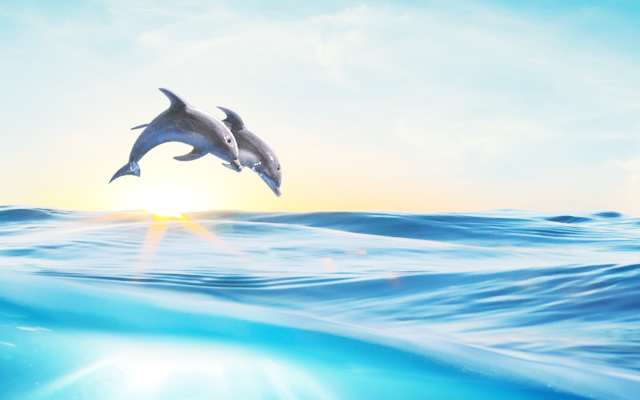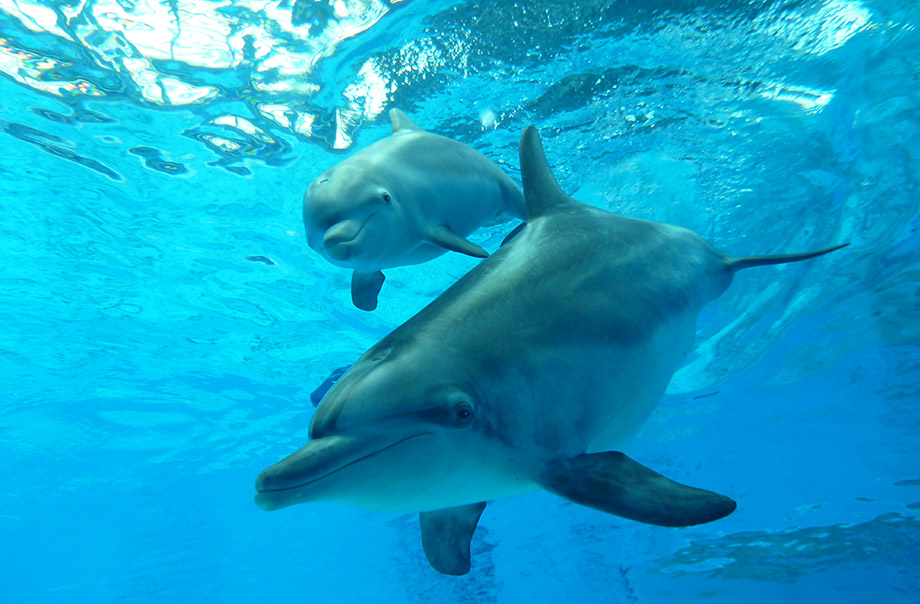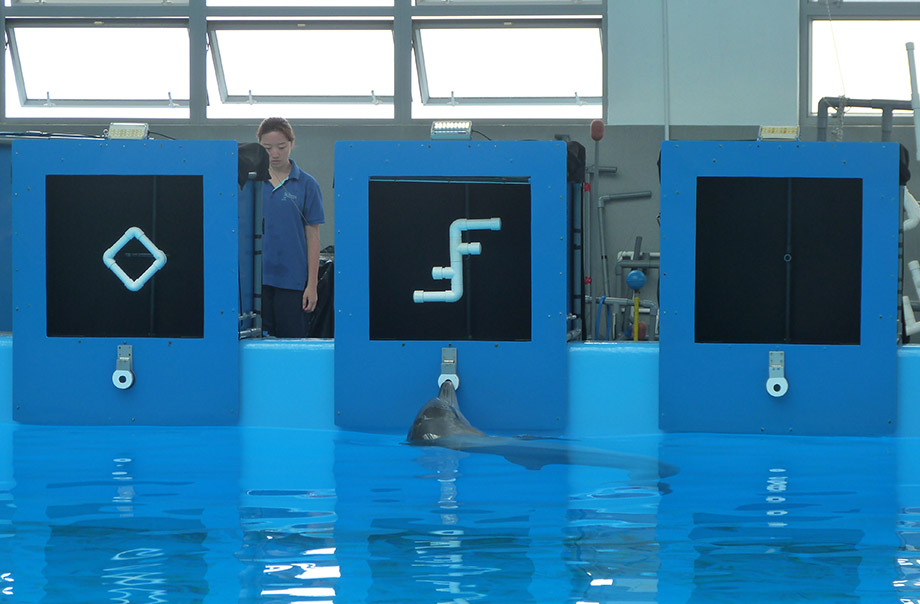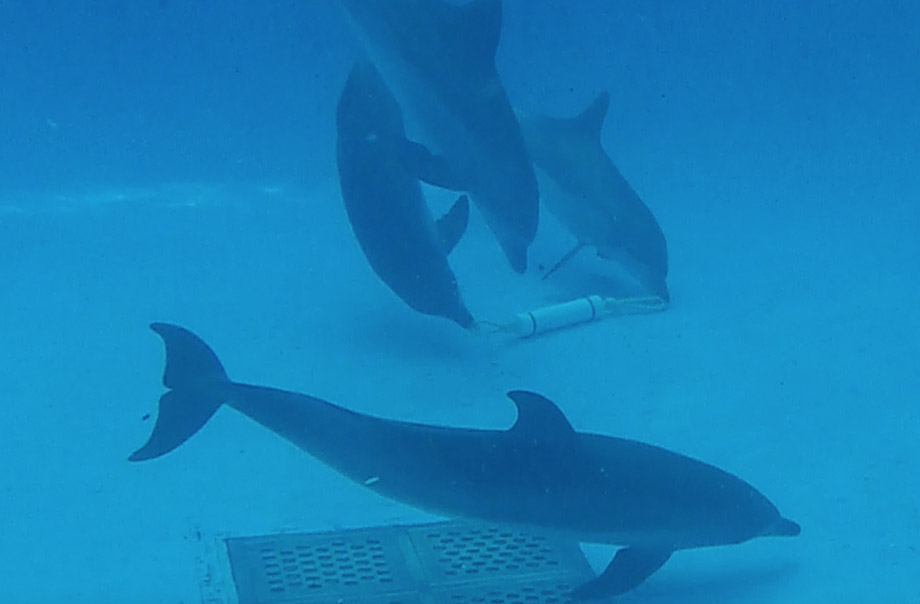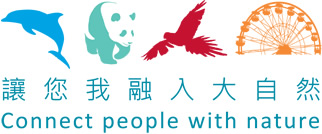As a zoological facility, Ocean Park provides an ex-situ environment (out of an animal’s natural habitat) for scientific research. This can help researchers avoid some of the barriers and complications in the field, thus offering them an easier way to study the biology and behaviour of their subjects leading to enhanced conservation and care. It is often difficult, for example, to obtain frequent and regular data or samples from marine wildlife. Our ex-situ setting allows researchers to conduct long-term observation, while monitoring the animals closely. Such information can serve as a framework for further studies and, through application in the wild, act as a key to understand and conserve a species.
More information: https://www.esztermatrailab.com/

当園の楽しみ方
- 季節のイベント
- Panda Zone
- アトラクション

Annual Membership
- Ocean Park Annual Membership
- Member Offers
- Current Members
- Ticket Conversion


